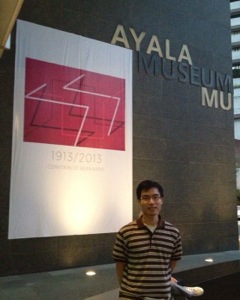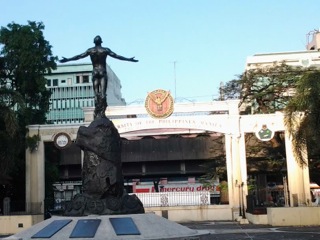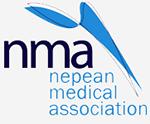2014
A few nice surprises greeted me upon my arrival in the Philippines in the middle of January. The weather was nice and cool while the people were found to be friendly and accommodating. I began my placement in the Philippine General Hospital (PGH), the last referral hospital for the entire country. With a population of over 107 million people, PGH is constantly buzzing with non-stop activity, 24 hours a day, 7 days a week. It was in this hospital in the departments of Internal Medicine and Family and Community Medicine that I had the privilege of working alongside the multitude of talented physicians, interns, and medical students. The sheer number of unique cases in PGH provided an excellent learning opportunity for the students fortunate enough to have enrolled in the university.
While it took a few days to get oriented to the different wards in the hospital, I eventually learned how to navigate my way around the maze. In addition to learning about the locations of the various wards, I was appalled at some of the patients who presented to PGH. The public awareness of each individual’s health status appeared to have been minimal at best. Patients with tumours sometimes weighing more than their own body weight would present with multiple complications, claiming that they had never noticed the tumour to be anything abnormal until recently. Infectious diseases such as tuberculosis continue to plague the population. Indeed, nearly every patient that came to PGH either presented with TB or had TB in the past. Probably the most interesting presentation of TB that I witnessed was someone with tuberculosis in their retina. As the first two weeks of my placement came in the Infectious Diseases department, I came to see many of these patients in both the hospital and in the outpatient departments.
One of the highlights of the placement in Internal Medicine included a 24 hour shift that I completed with some of the interns and medical students. The shift was quite exhausting due to the fatigue and the heat (the hospital lacked air conditioning) but was rewarding nonetheless. The other highlight was the Medical Jeopardy that the senior residents would hold for the students and interns on some Sundays. Each medical service team would compete against each other in a medical trivia that culminated in the final question and wager. It was fun to watch and participate. My team happened to win that day as well, which added to the excitement.
The Family and Community Medicine Department gave me an opportunity to travel to the province of Cavite where medical services are limited. I had the ability to engage with some of the locals in the community and stay with one of the host families, an immersion of sorts. They treated me like one of their own. Of course, a trip to the Philippines would not be complete without karaoke, and my host family had organized one on my last day in Cavite.
In addition to the clinical medicine and community experience, I was able to explore some historical sites and learn about the country’s national hero, Jose Rizal. I visited the region named Intramuros which is home to a museum chronicling a particular portion in the history of the Philippines in which Jose Rizal played a prominent role. A visit to the Ayala Museum, in particular, further delineated the establishment of the Philippines as it is known to be today. Overall, thanks to the support provided by the NMA, I was able to complete an elective in the Philippines, meeting many wonderful people along the way who have helped to enrich my knowledge and understanding of medicine in a global context.







